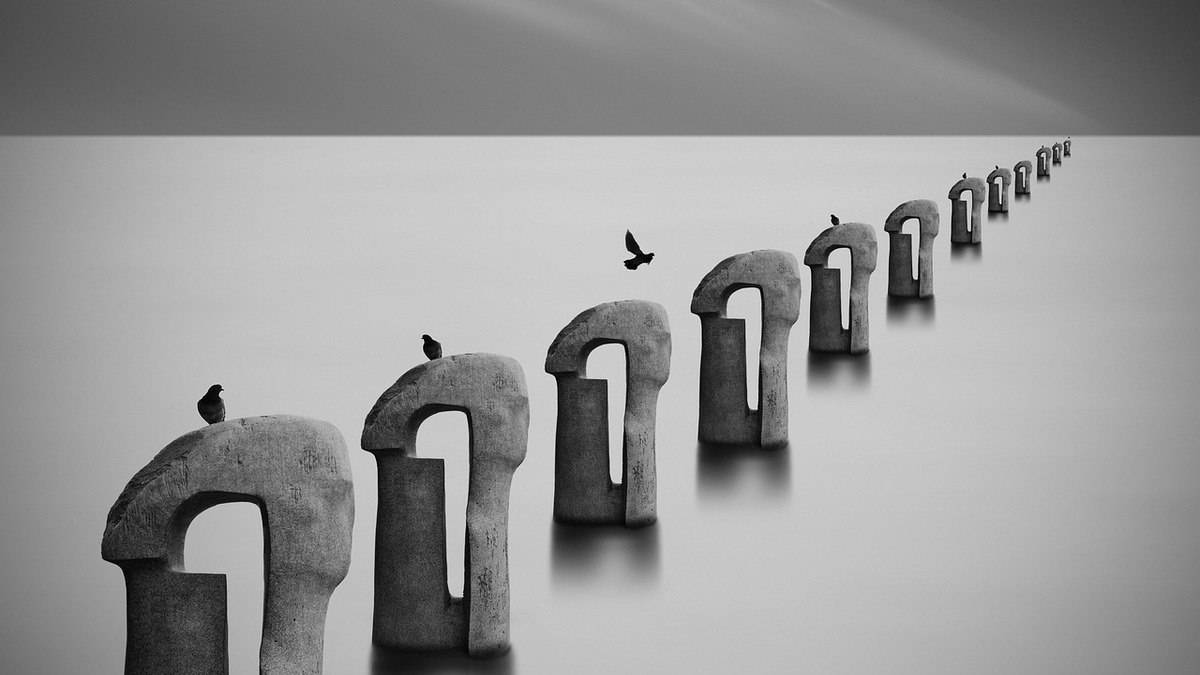On Friday, contracts were inked between France and Ireland to develop the Celtic Interconnector, as reported by Electrek. The project is expected to operate in 2026.
Notably, it will be about 600 km (373 miles) long and have a 700 MW capacity, which is sufficient to supply 450,000 households.
“In the current energy market situation and the need to move away from imports of Russian fossil fuels, European energy infrastructure has become more important than ever. The Celtic Interconnector is of paramount importance as it will end Ireland’s isolation from the Union’s power system and ensure a reliable high-capacity link improving the security of electricity supply and supporting the development of renewables in both Ireland and France.”
Kadri Simson, a European commissioner
Deal signing
The high-voltage subsea cable’s technical and financial contracts were signed by representatives of France’s Réseau de Transport d’Electricité (RTE) and Ireland’s EirGrid. Meanwhile, the signing was observed by their respective energy ministers.
Notably, agreements for finance totaling €800 million ($827 million) were signed by EirGrid and RTE with Barclays, BNP Paribas, Danske Bank, and the European Investment Bank.
Previous funding
In retrospect, a Connecting Europe Facility (CEF) grant worth €530.7 million was given to the Celtic Interconnector initiative to aid the building process in 2019.
Furthermore, the CEF program funded its feasibility study, initial design, and pre-consultation with €8.3 million.
Siemens Energy and Nexans’ role in the project
Converting facilities will be built by Siemens Energy in both nations. On the other hand, the project’s 575-km-long cable will be designed and installed by Paris-based Nexans, a world leader in cable technology.
The cable will connect the Brittany coast of northwest France with East Cork and the southern coast of Ireland. Additionally, it will be connected to the substations in La Martyre, France, and Knockraha, Ireland.
If the price is low in France, then obviously electricity will flow into the Irish market. If the price is low in Ireland, it will flow the other way. The real benefit for us is that into the next decade we have excess power. We have surplus.
Irish Minister for the Environment Eamon Ryan

